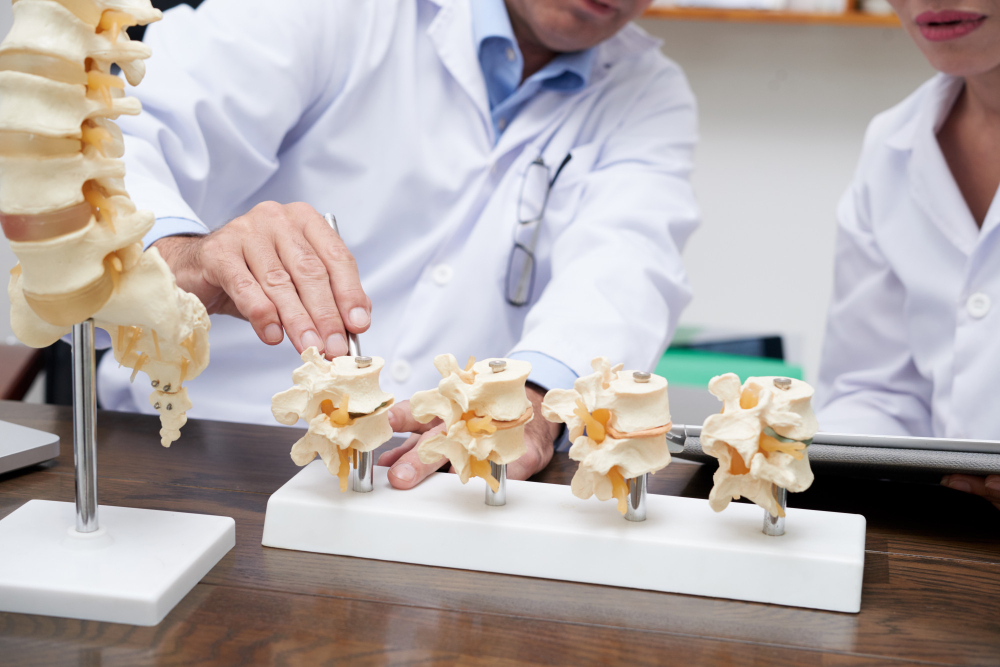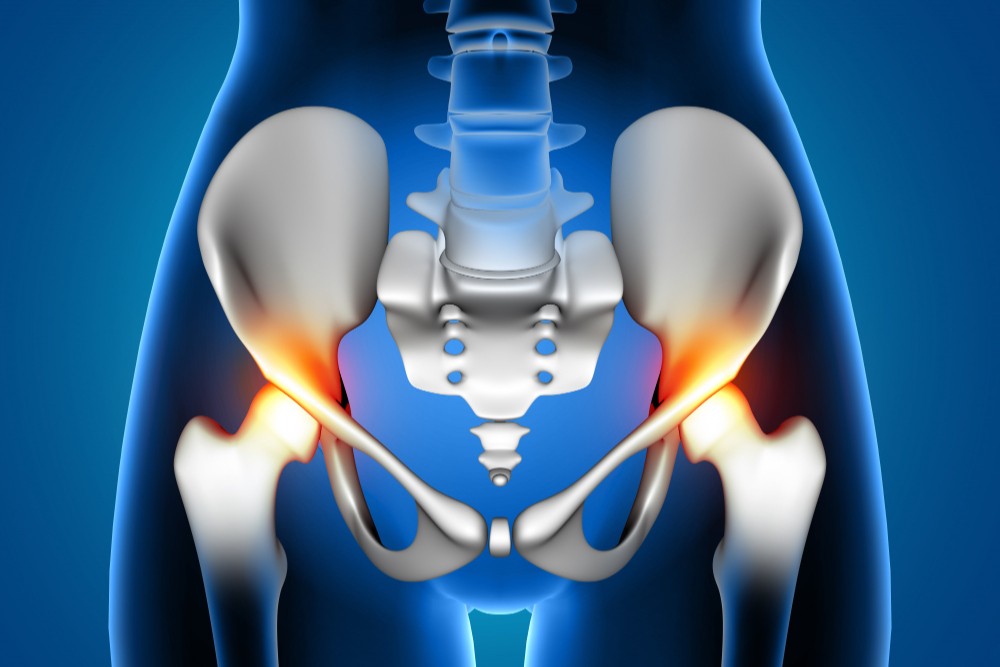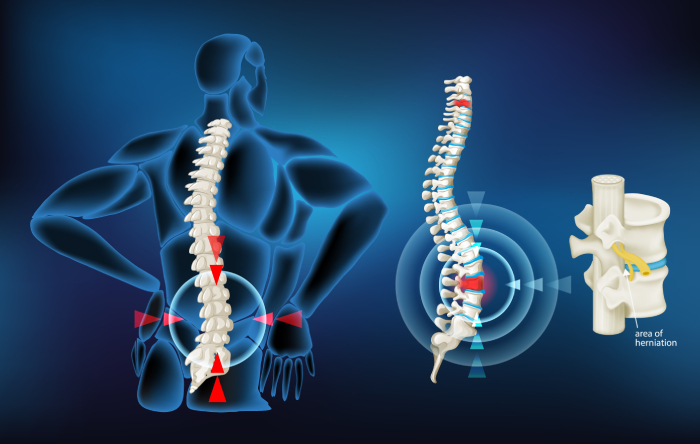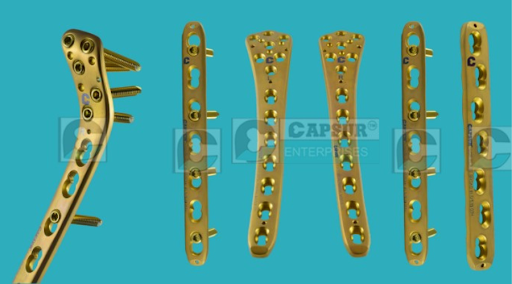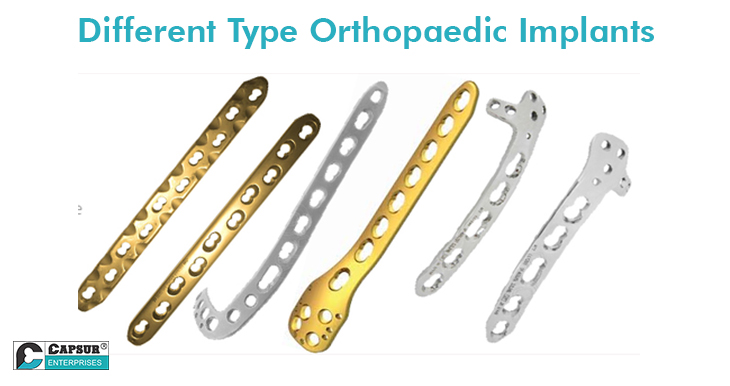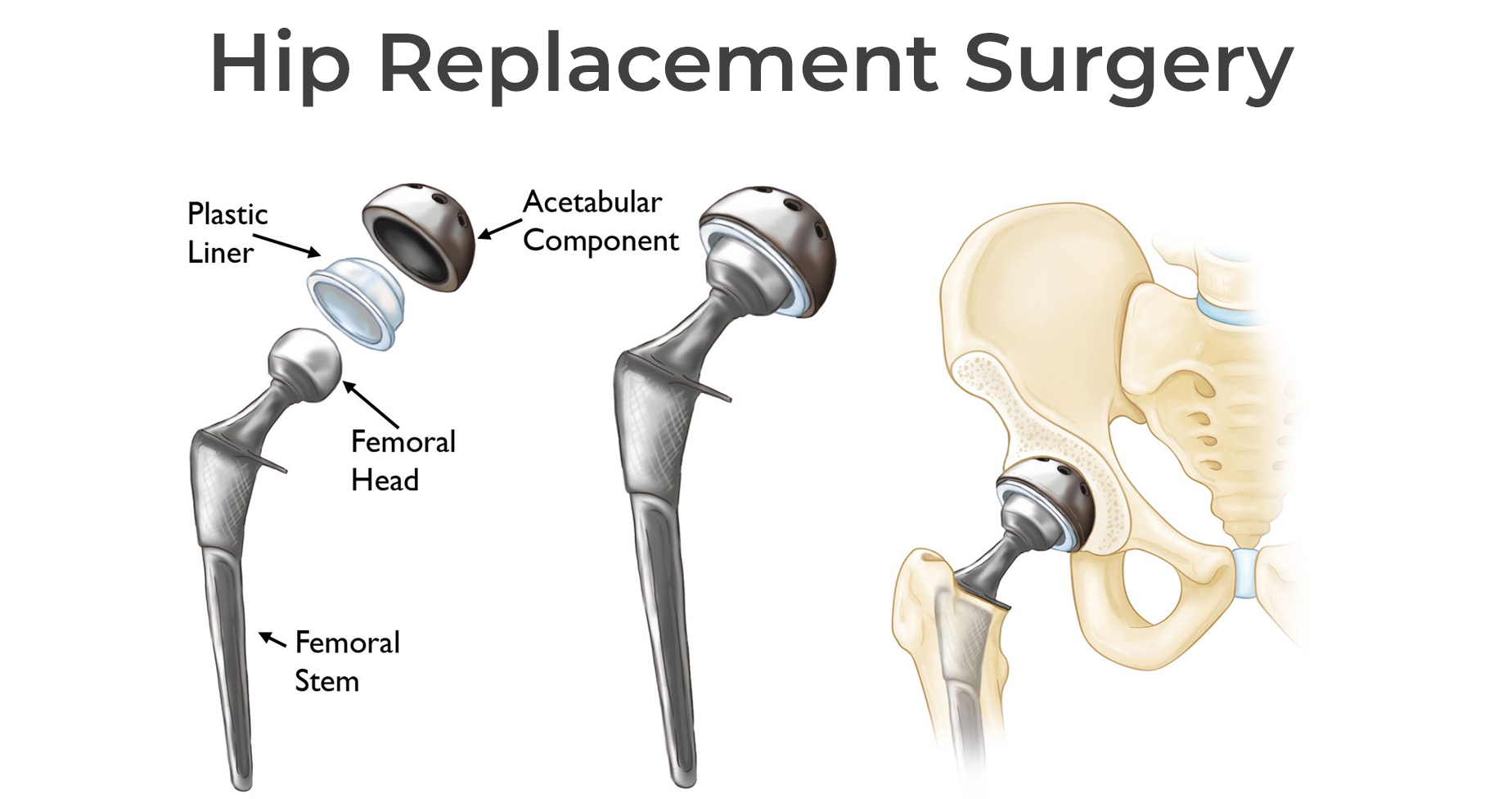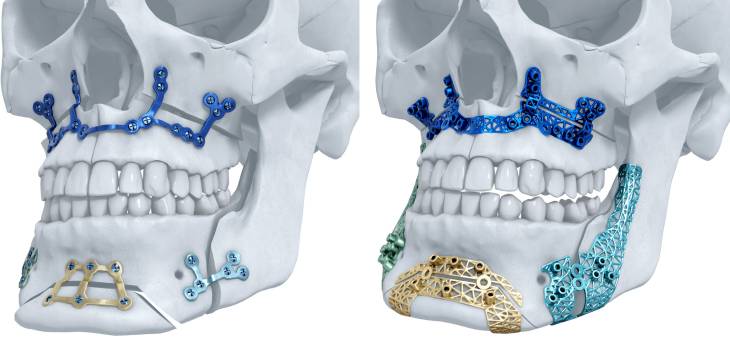Spinal Implants: Types, Usage and Options
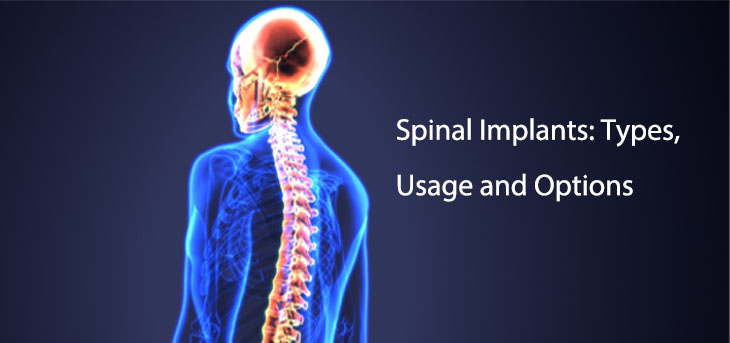
Spinal Implants are quite a thing in the medical field now. As time passes, new techniques and moderations of spinal implants keep happening now and then. This is because problems related to lower back pain are quite common among senior citizens.
Most of them have complained regarding lower back issues. Hence spinal implants need to be evolving every day. The reasons for the back pain can be anything like
- Sciatica
- Sprain
- Strain
- Normal wear and tear in discs and bones
Other serious issues maybe
- Tumour
- Infection
- Diseases like Kidney stones
Options and Usage
Spinal Implants are specially made medical instruments by the spinal implants manufacturer and are taken up by orthopaedic surgeons to treat conditions like:
- Deformity correction
- Improvement and strengthening spinal stability
- Enhancing the fusion of two vertebrae
Spinal Implants can be grouped into two parts, namely
- Fusion
- Non- Fusion
Fusion: This is a surgical process to build a fusion between strong bones utilizing a bone graft. This type can be further divided into three more groups
- Cages
- Plates
- Rods
Cages:This works like a space holder between the two vertebrae and gradually becomes a part of the spinal cord so that a bone graft can be placed in them for growth. These are also referred to as inter-body cages, which provide support and stability without any screws.
Plates:Plates are usually connected with the help of screws to the vertebrae to help stabilize the spine. This is a process where the surgeon uses a plate and screw to hold the bones together. This is done so that the spine is allowed movement like bending.
Hooks:These are connected with hooks and pedicle screws to the vertebrae and help support the spine.
Non- Fusion: This is a substitute for the conventional fusion system, and it perpetually binds two or more bones in the spine. Presently, the FDA has sanctioned new technology, conceding preserving motion rather than combining it. This can be accomplished by using
- Artificial Discs
- Extendable Rods
Artificial Discs:This is also known as Artificial Disk Replacement (ADR), a medical instrument inserted into the spine that functions or emulates as a standard disc. Surgeons can restore the entire disc or detach only the nucleus.
Extendable Rods:This is used to adjust the spine without fusing the spine. This can also be used by paediatric surgeons who can use it for children with scoliosis and manage the progress of any deformity with these adjustable rods that aid in growth.
Types of Surgeries that use Implants
There are mainly four types of surgeries that use the implants, which are as follows:
- Anterior Lumbar Interbody Fusion (ALIF)- From the front of the spine, the anterior perspective provides straight cut access to the disc.
- Posterior Lumbar Interbody Fusion (PLIF)- Posterior lumbar fusions are the most common approach to the spine, which is from the back.
- Transforaminal Lumbar Interbody Fusion (TLIF)- TLIF is also a spinal fusion procedure performed through the posterior of the spine.
- Axial Lumbar Interbody Fusion (AxiaLIF)- AxiaLIF approach comes to the disc from the anterior of the sacrum through a slit near the tailbone.

